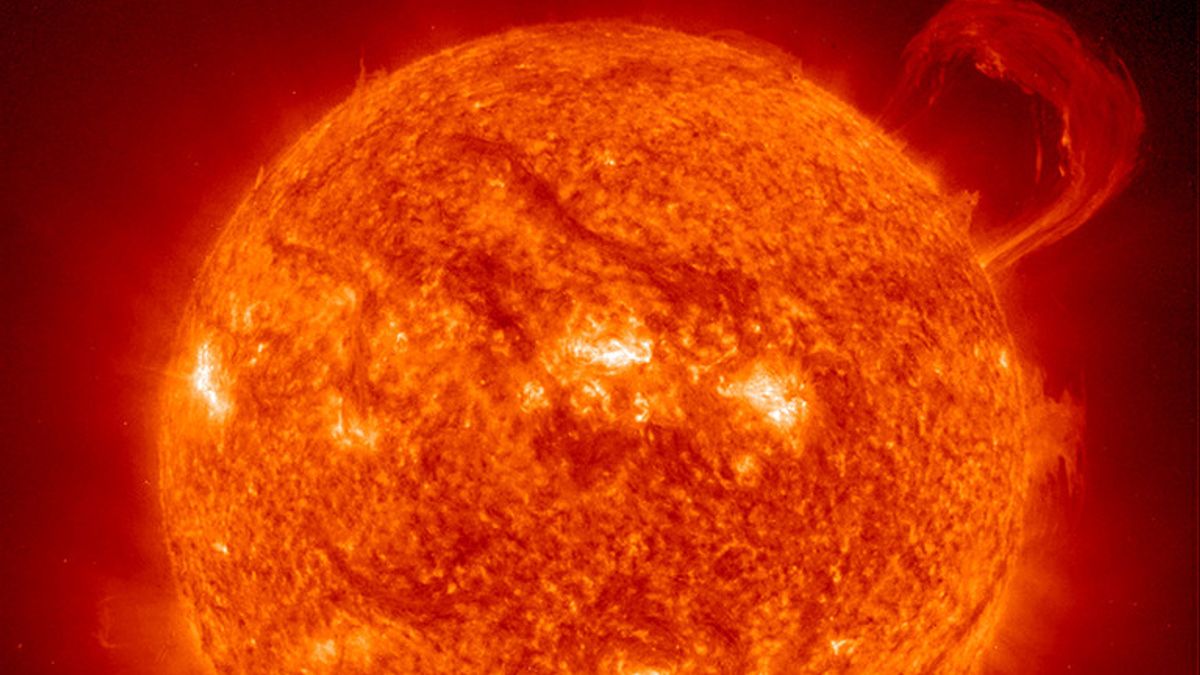JAKARTA - It turns out that the lockdown event was not only experienced by big cities in the world during the COVID-19 pandemic. Scientists also say the same thing, regarding the situation of the Sun which is entering the Lockdown period.
The use of the word lockdown refers to a decrease in the surface activity of the Sun or what is commonly referred to as the minimum solar period. As a result, the sun's rays and energy will be drastically reduced, which is indicated by the appearance of black spots on the sun's surface.
"Sunspot count (sun point), this is one of the deepest this century. The sun's magnetic field is becoming weaker, allowing extra cosmic rays to the solar system," said Astronomer Tony Philips, Monday, May 18.
In the records of scientists and astronomers, the sun's sunspots when inactive increased by 76 percent. This condition is quite severe in the records of the last century.
During this period, there was an increase in cosmic rays due to the opening of the corona hole from the sunspot's dark area. Where the sun will give off flares accompanied by an increase in coronal mass ejections from the surface of the Sun.
The excess cosmic rays can also interfere with the magnetic pole activity on every planet in the solar system. This excess amount of cosmic rays can also trigger lightning and disruption of natural cycles, for planets like Earth.
Solar CycleBased on NASA Solar Dynamics Observatory monitoring, a cycle of decreasing solar activity occurs every 11 years. This allows for a fairly drastic drop in the temperature on the Earth's surface, making winter feel cooler.
According to Nasa's records, the last minimum activity of the Sun occurred in 2008 and 2010 which coincided with the peak of winter. "Even though the sun's rays are in the minimal category. There will not be a 'mini ice age'," explained Jeff Knight's team of scientists who are members of NASA's Global Climate Change team.

But another story, if the decrease in solar activity is extreme. NASA scientists fear the condition could repeat the Dalton Minimum phenomenon, which occurred in 1790 and 1830.
At that time, the earth experienced temperatures drastically until winter was very long. As a result, world food production has declined due to crop failures, this condition is also exacerbated by volcanic eruptions.
One of the events recorded in history when the Dalton Minimun period occurred, was the eruption of Mount Tambora in Indonesia, on April 10, 1815. At least 71 thousand people died, other impacts also caused sun rays that were blocked by volcanic ash and caused 'a year without a summer. '.
"Even if the Grand Solar Minimum lasts a century, global temperatures will continue to warm. Because more factors than just variations in solar output change the global temperature on Earth, the most dominant today is the warming that comes from greenhouse gas emissions caused by human, "said NASA.
The English, Chinese, Japanese, Arabic, and French versions are automatically generated by the AI. So there may still be inaccuracies in translating, please always see Indonesian as our main language. (system supported by DigitalSiber.id)












